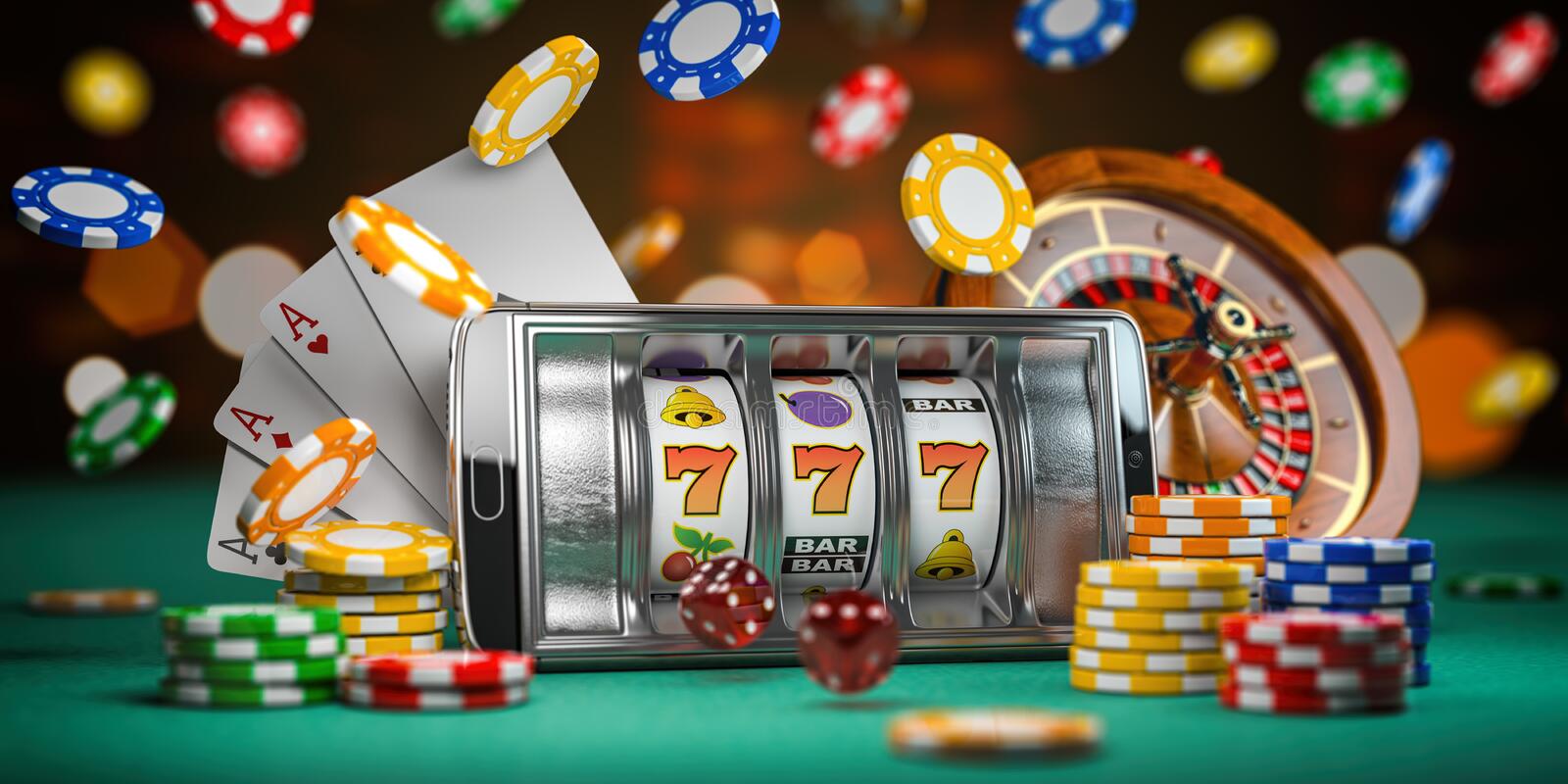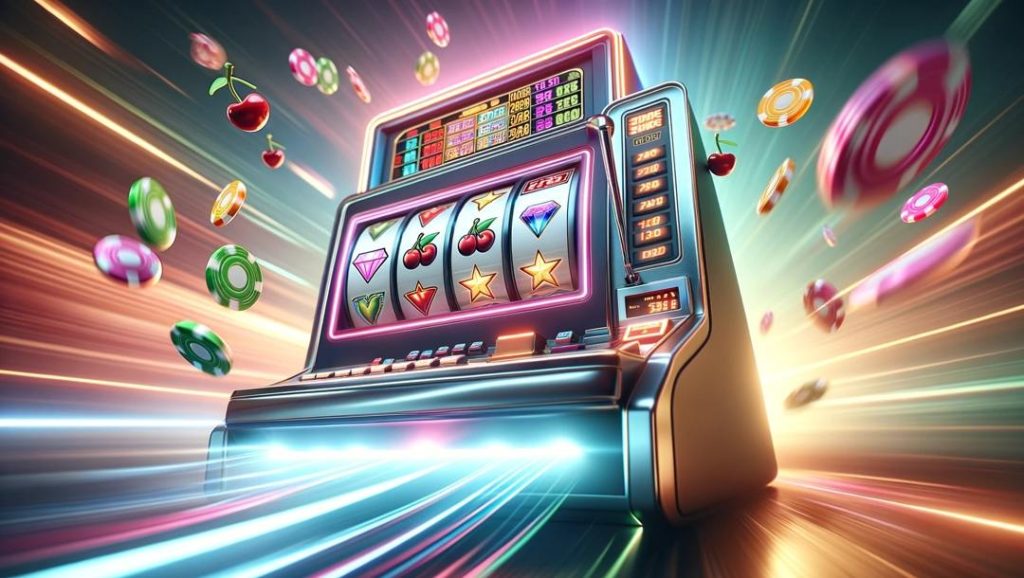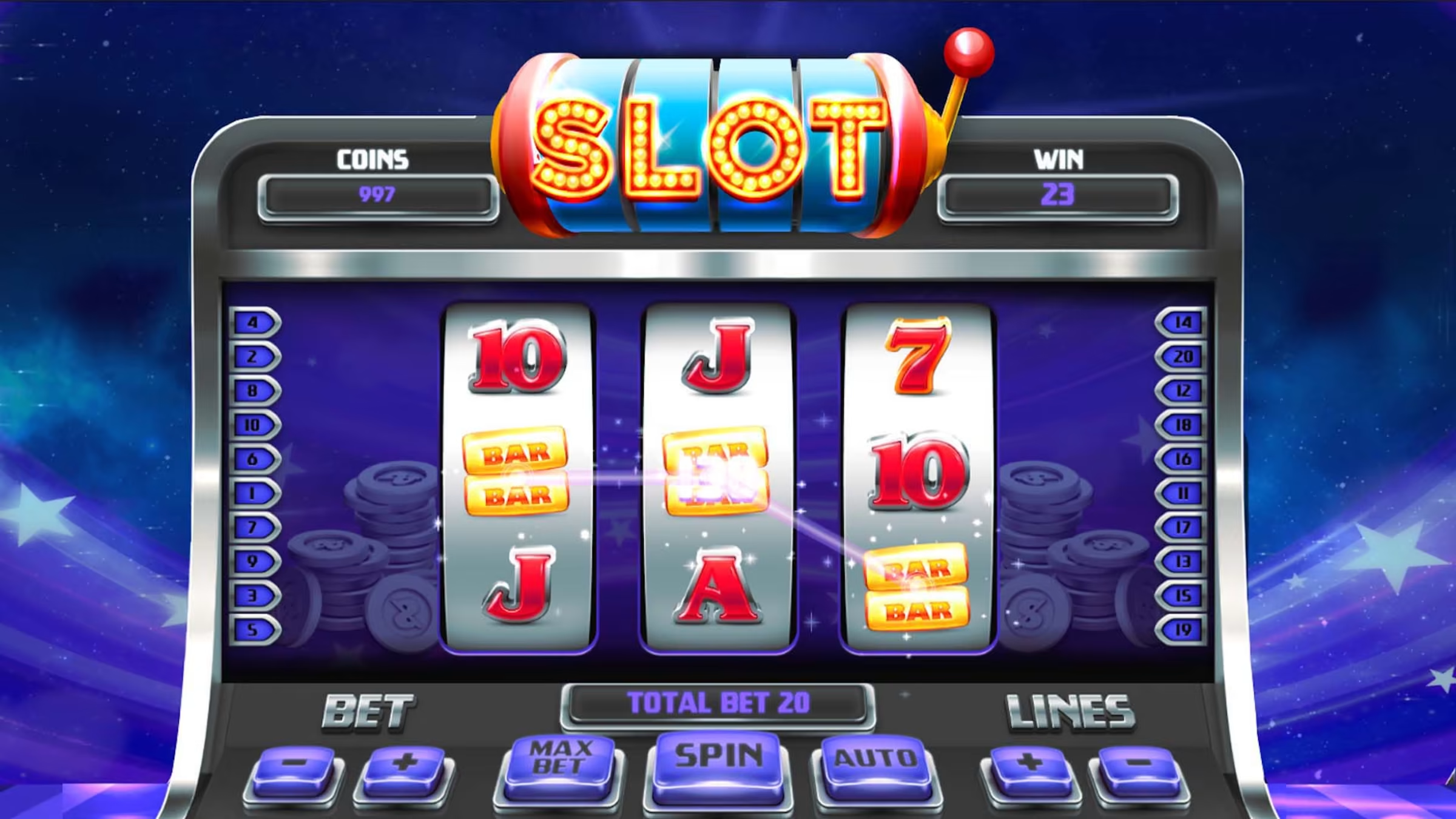The Evolution of Slot Machines from Mechanical to DigitalThe Evolution of Slot Machines from Mechanical to Digital
The history of slot machines dates back to the late 19th century, with the creation of the first mechanical slot machine, the Liberty Bell. Developed by Charles Fey in 1895 in San Francisco, the Liberty Bell machine featured three spinning reels with five symbols: horseshoes, diamonds, spades, hearts, and a cracked Liberty Bell. Players would insert a coin, pull the lever, and hope for a winning combination. If the reels aligned three Liberty Bells, the machine would pay out the jackpot—usually a few coins.

The simplicity of the Liberty Bell machine quickly captured the public’s imagination, and its popularity grew rapidly. It paved the way for other manufacturers to develop similar machines, leading to a boom in the gambling industry. These early mechanical slot machines were completely mechanical, relying on springs and gears to spin the reels. They became common fixtures in bars, saloons, and casinos, offering players the chance to win small prizes for matching symbols on the reels.
Despite their mechanical nature, these early machines were prone to tampering and cheating. Players would often use magnets to manipulate the reels, and manufacturers were forced to develop new mechanisms to prevent fraud. This led to continuous innovation in the design and functionality of mechanical slot machines over the years.
The Advent of Electromechanical Slots: A New Era Begins
The next major leap in the evolution of slot machines came in the 1960s with the introduction of electromechanical slot machines. The first of these, called the Money Honey, was developed by Bally in 1963. Unlike the purely mechanical machines, the Money Honey used electrical components to control the reels and handle payouts, marking a significant advancement in slot machine technology.
Electromechanical slots still had a lever to pull, but their internal mechanics were now powered by electricity, making the machines more reliable and efficient. They could offer larger payouts, and for the first time, the machines had lights, sounds, and animations, making them more engaging and entertaining for players. The reels were still physical, but they were now powered by motors rather than springs, providing a smoother and more consistent gameplay experience.

With electromechanical slots, casinos could introduce more features like multiple paylines and higher jackpots, attracting a broader range of players. These machines also laid the groundwork for the introduction of video slots, as their use of electrical components enabled further digital innovations.
The success of electromechanical machines cemented their place in casinos, and their popularity only grew throughout the 1970s. These machines also began to incorporate early random number generators (RNGs), although the technology was still relatively basic compared to today’s standards.
The Rise of Video Slots: Going Digital
The 1970s and 1980s saw the advent of video slots, which marked a significant transformation in how slot machines were played. The first video slot, created by Fortune Coin in 1976, used a modified television screen to display the reels. This breakthrough eliminated the need for physical reels, allowing for more creative game designs and larger, more complex payouts.
Video slots revolutionized the gaming experience by introducing more paylines, bonus features, and interactive elements. Casinos were able to offer new types of games with elaborate graphics, animations, and sound effects. Instead of watching mechanical reels spin, players could now engage with vibrant digital displays that offered more excitement and immersion.
The digital nature of video slots also made it easier to implement random number generators (RNGs), which provided true randomness and fairness in determining outcomes. RNGs ensured that each spin was independent of the previous one, creating a fair and unpredictable game environment. This technology has become a cornerstone of modern slot machines and has largely eliminated the possibility of tampering or cheating.
With the rise of video slots, casinos were also able to incorporate themes from popular movies, TV shows, and music, making the games more appealing to a broader audience. The versatility of digital technology allowed for endless creativity in game design, paving the way for the highly diverse and engaging slot machines we see today.
The Internet Boom: Online Slot Machines Take Over
The evolution of slot machines took a giant leap forward in the 1990s with the rise of the internet and the introduction of online slot machines. With the launch of online casinos, players could now enjoy their favorite slot games from the comfort of their homes. These digital versions of slot machines were often replicas of their physical counterparts, but they soon evolved to take full advantage of the online environment.
Online slots offered more flexibility, with an almost unlimited number of themes, game mechanics, and bonus features in platforms like hit club. The lack of physical limitations allowed developers to create games with hundreds of paylines, unique reel layouts, and interactive bonus rounds. Players could also enjoy progressive jackpots, where the prize pool would grow with every spin until a lucky player hit the big win.
The popularity of online slot machines exploded in the early 2000s as more people gained access to the internet. These games were easy to play and offered a wide variety of themes, from traditional fruit machines to slots based on popular movies, TV shows, and historical events. Online casinos began to offer bonuses and promotions, making online slot gaming even more enticing for players.
Mobile technology also played a major role in the growth of online slots. With the advent of smartphones and tablets, players could now spin the reels wherever and whenever they wanted. Mobile slot games became a dominant force in the industry, allowing for convenient, on-the-go gameplay.
The Modern Age: 3D Slots and Virtual Reality
In recent years, slot machine technology has continued to evolve, with developers pushing the boundaries of what digital slot games can offer. 3D slots have become increasingly popular, offering players immersive experiences with high-quality graphics, animated characters, and engaging storylines. These games go beyond simple spinning reels, providing interactive experiences that feel more like video games than traditional slot machines.
Virtual reality (VR) technology is also making its way into the world of slots. VR slot games provide a fully immersive experience, allowing players to step into a virtual casino, pull the lever on a realistic-looking machine, and interact with their surroundings. Although still in its early stages, VR technology has the potential to revolutionize the way people experience slot games, blending the line between gaming and reality.
The Future of Slot Machines: AI and Blockchain
Looking ahead, the future of slot machines will likely be shaped by new technologies such as artificial intelligence (AI) and blockchain. AI could be used to create more personalized gaming experiences, tailoring games to individual preferences and playing styles. For example, AI could analyze a player’s gaming habits and recommend specific games or features that match their interests.
Blockchain technology, on the other hand, could provide enhanced security and transparency for online slot games. Blockchain’s decentralized ledger could be used to verify the fairness of games and ensure that players receive accurate payouts. This would further increase trust in the online gaming industry and provide more peace of mind for players.
As technology continues to advance, we can expect slot machines to become even more innovative and immersive, offering players new and exciting ways to enjoy this classic form of entertainment.

The evolution of slot machines from simple mechanical devices to complex digital platforms is a testament to the industry’s ability to innovate and adapt. What started as a simple game of chance has transformed into a global entertainment phenomenon, with millions of players enjoying slot games both in casinos and online. As technology continues to advance, the future of slot machines looks brighter than ever, with new innovations promising to take the gaming experience to even greater heights.




